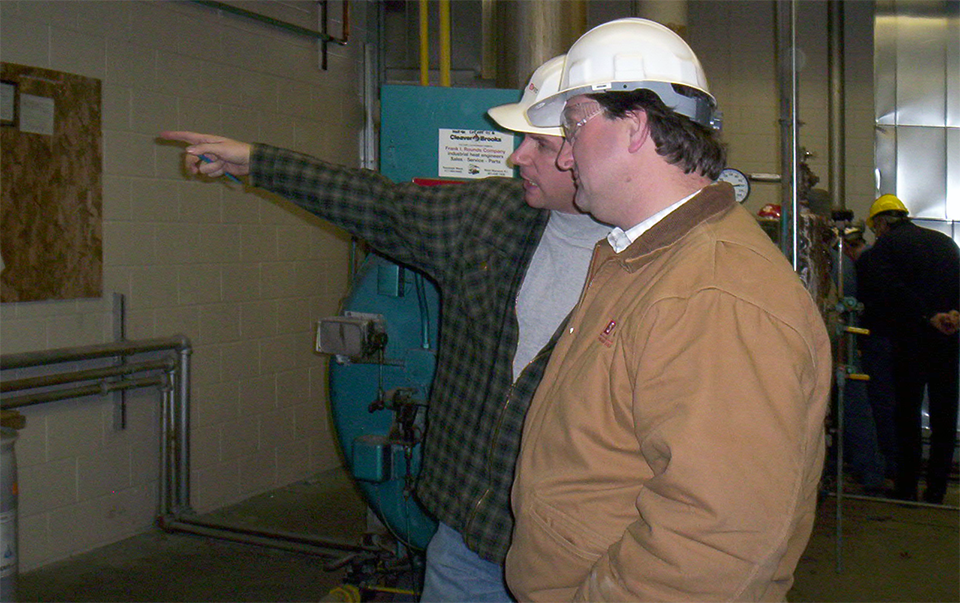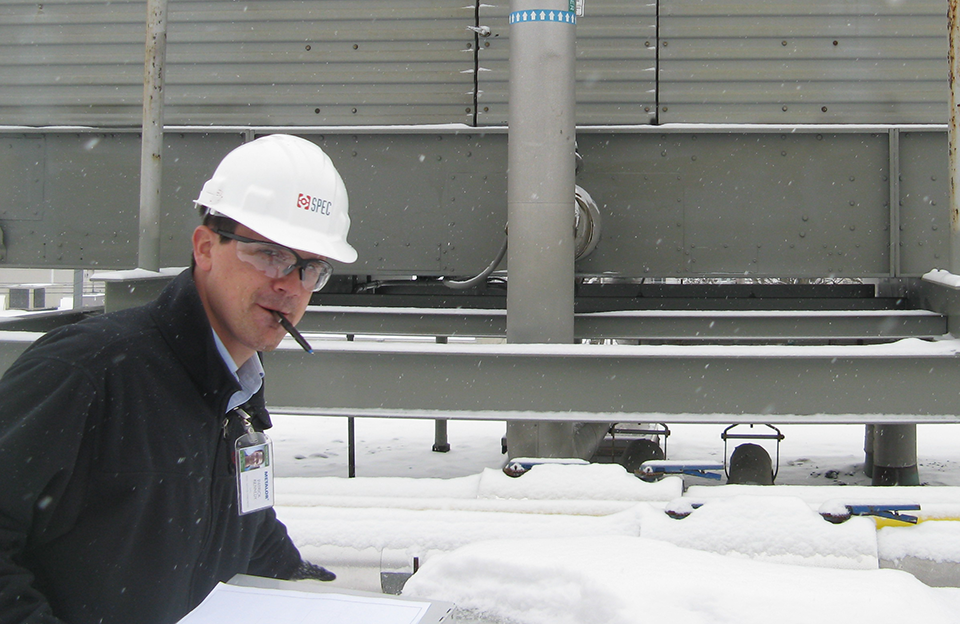A well-planned project approach needs strong project management to actually make it work. Without experienced project management and solid project management tools, the many issues and decisions that are presented during a project can simply not be handled in the appropriate way.
Good project management has its highest impact on the project in two areas: scheduling and cost control.
PROJECT MANAGEMENT – SCHEDULING
For manufacturing facilities, scheduling revolves around three key aspects of the project:
- Design
- Process equipment
- Contract packages
As a true design/build firm, SPEC starts each project by defining the project’s goals with the owner from a cost and schedule point of view. This allows us to formulate a milestone schedule working backward from the required facility completion date. Some of the expected schedule items for a typical project include:
- Client process validation
- Client engineering runs
- Completion of OQ’s and PQ’s
- Completion of punch list
- Contractor submittals
- Contract package release, bid and award
- Design – from concept to approval to release for bids

During the milestone scheduling review, key scheduling impacts are identified and examined for their effect on design. In the design/build method, which SPEC utilizes, these impacts are explored up front and a design basis is selected to meet the overall project goals of schedule, cost, and functionality. In this way SPEC, in conjunction with the owner, is able to flag key decisions very early and address them to avoid redesign and scheduling impacts later in the project.
Weekly in-house project coordination meetings are held with the owner and all involved design disciplines. This meeting functions as a clearing house for the latest design developments as well as a project management tool for identifying and resolving design issues and conflicts.
Every issue identified is assigned a meeting number, which is carried in the meeting minutes, until the issue is resolved. Design drawing progress is tracked via a drawing control index which monitors design progress versus the schedule of release for bids.
Within the SPEC design schedule exists a parallel effort regarding all process equipment. Key facility equipment items are tracked from the initial data sheet through approval, bid, award, submittals, inspection, and receipt at the job site. SPEC tracks this data on our equipment control index, which indicates both the scheduled and actual dates for each phase for every single piece of equipment. This project management tool is critical in identifying items for expediting or special attention at the weekly coordination meeting. On fast track projects, the schedule frequently drives the design process as well as equipment selection, both of which are best served by a design/build approach to project delivery. Examples include:
- Early foundation release to avoid winter construction
- Exterior construction selected to support building enclosure prior to winter
- Selection of packaged HVAC units versus separate sections
(indirect gas fired heating, air handling, and cooling) - Selective use of used equipment
- Single sourcing for early award on selected equipment
- Start automation program prior to final design completion
Prior to completion of design, SPEC’s project manager in conjunction with the construction superintendent, formulate the scope of work for each construction contract package. This is reviewed with the design disciplines for completeness, as well as exceptions and issues, which must be clarified to the bidders. In this way, SPEC ensures the quality of the bid package prior to release, thereby avoiding confusion, delays, and additional costs in the bid cycle.
Scheduling compliance is insured via weekly construction coordination meetings. After award of the various bid packages, the project manager tracks each contractor’s submittals, deliveries, and installation progress against the master project schedule. Expediting of submittals, inspection of equipment at the factory, and vendor shop visits are utilized as means of insuring on-time delivery as well as adherence to project specifications.
Involvement of the appropriate design engineer is maximized in order to expedite the receipt and approval of submittals, as well as to clarify issues which arise during construction. The expeditious return of submittals and fast response on contractor questions (RFI’s – Request for Information) is assured by SPEC’s design/build approach. All our personnel are committed to the final project result and are not tied solely to marketing, design, construction, or controls.
PROJECT MANAGEMENT – COST CONTROL
Cost control is most effective when it is focused on three critical areas:
- Assuring that the original design represents the least possible expenditure to meet the owner’s operational and quality goals.
- Eliminating “scope creep” so that the project scope does not expand beyond it’s agreed upon intent during the construction phase.
- Eliminating inefficiencies and excess overheads commonly found in technically and regulatory driven projects.
All of SPEC’s clients have fixed budgets for their projects, and most budgets these days are tight. The SPEC approach is to work very hard to design and build a facility that meets the budget but also meets our client’s expectations while meeting regulatory requirements. While we have not discovered a “scientific method” for doing this, we feel that we have developed an organization that thinks and acts this way.
 Many of our staff are from the owner’s side of the table and have had hands-on operating experience. Our people care directly about the budget and are not tied to standard engineering solutions.
Many of our staff are from the owner’s side of the table and have had hands-on operating experience. Our people care directly about the budget and are not tied to standard engineering solutions.
Eliminating “scope creep” during construction can be a little more scientific because various control mechanisms are put in place. SPEC uses recognized change order procedures and weekly job cost reporting so that the owner and the project team are always aware of current project costs as well as where they are heading.
However, we have found that we have to go beyond these standard management tools to effectively control project scope. One way we do this is to involve the trades (Mechanical, Piping, Electrical, etc.) early in the design process. By involving these professionals, current market prices are made available to the design team allowing them to avoid costly design decisions.
We also find that requiring our engineers to have regular involvement on the site helps eliminate scope growth. When a request for additional work comes from someone on the owner’s team, there is someone on site who can quickly assess the request, estimate a budget for it, and many times find alternative means of meeting the request.
The last area of cost control for SPEC is one that is built into our very structure. By having a vertically integrated team we can avoid two common cost drivers – overhead and inefficiency. Many of our people perform double duty. For example, site superintendents will commonly assist in commissioning & turnover. Secondly, since many of our engineers will not only design but also be responsible for building a project, there is very little time (i.e. money) lost in translating the project design to the people actually doing the construction work.
Typical examples of the project tools, which SPEC uses to control costs, are listed below:
- The design/build contract budget indicates the contract budgets by account line, which are then tracked from bid to placement to contract completion.
- The bid tabulation, which evaluates the technical offering as well as the vendors/subcontractors schedule and budget compliance. Client sign-off is required by SPEC on all bid tabulations.
- The contract change order which is used to document scope additions as well as all shifts of money from the contingency account. Again SPEC requires client sign-off on all change orders.
